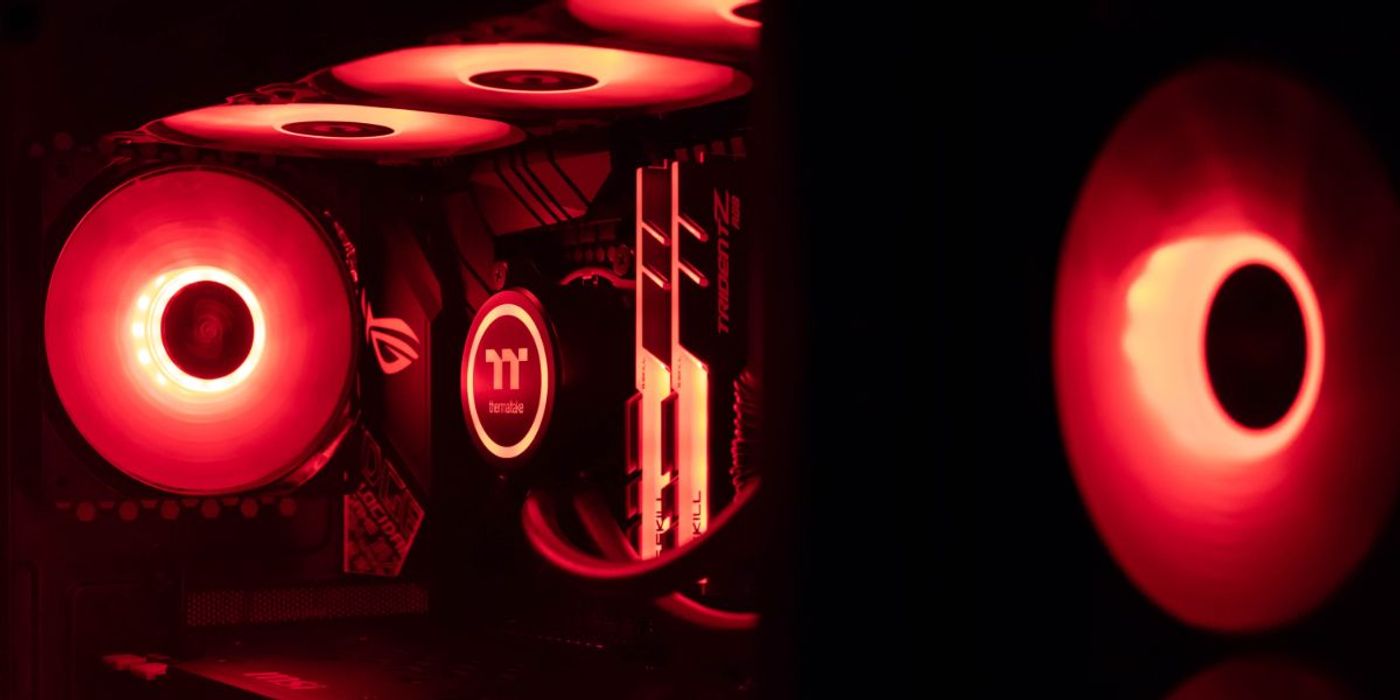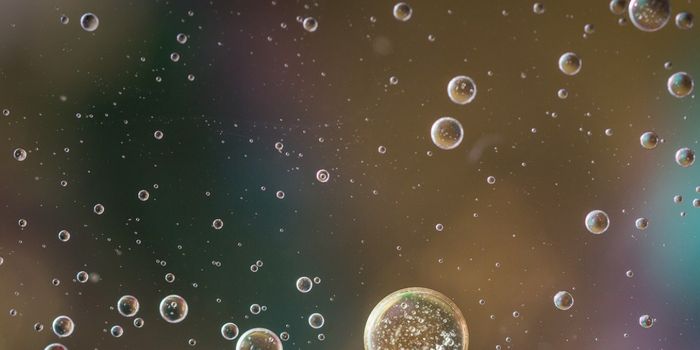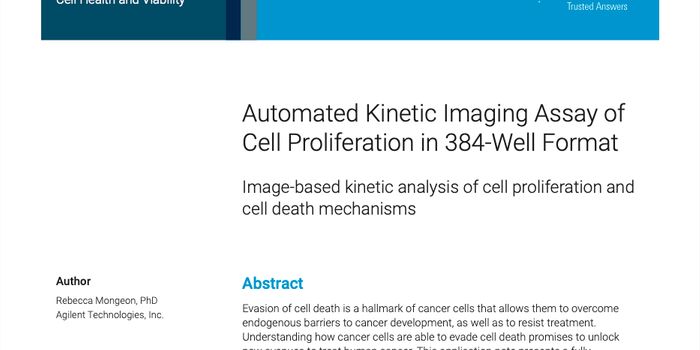Staring into Deep Red Light Improves Eyesight
Researchers from University College London in England (UCL) have found that staring into a deep red light for just three minutes per day can significantly improve eyesight.
From around 40 years old, cells in the eye's retina start to age as their mitochondria, the powerhouses of cells, begin to diminish. The high energy demands of the retina's photoreceptor cells cause the retina to age more quickly than other organs, typically losing 70% of functional capacity over a lifetime.
For the study, the researchers recruited 12 men and 12 women aged between 28 and 72. All were cleared for ocular disease and underwent testing for the sensitivity of their rods and cones at the beginning and end of the study.
Rod sensitivity (ability to see in low light settings) was assessed by asking participants to detect dim light signals in the dark. Meanwhile, cone function (ability to detect colors) was tested by their ability to recognize blurred low-contrast colored letters.
After this, each participant was given a small LED torch and asked to look into its red 670nm light beam for three minutes per day over two weeks. After this period, each participant was tested again for rod and cone sensitivity.
While young people saw no improvement in their ability to detect colors, in some over 40 years old, their ability to do so improved by 20%. In particular, the researchers saw improvements in the blue part of the color spectrum, also known to be more at risk of age-related decline.
Although young people again had no improvement in seeing in low light conditions, some over 40 got better there too, although to a lesser degree than with color contrast.
"The technology is simple and very safe, using a deep red light of a specific wavelength that is absorbed by mitochondria in the retina that supply energy for cellular function." say the researchers. "Our devices cost about £12 ($15) to make, so the technology is highly accessible to members of the public."
Sources: Medical Xpress, Journal of Gerontology









